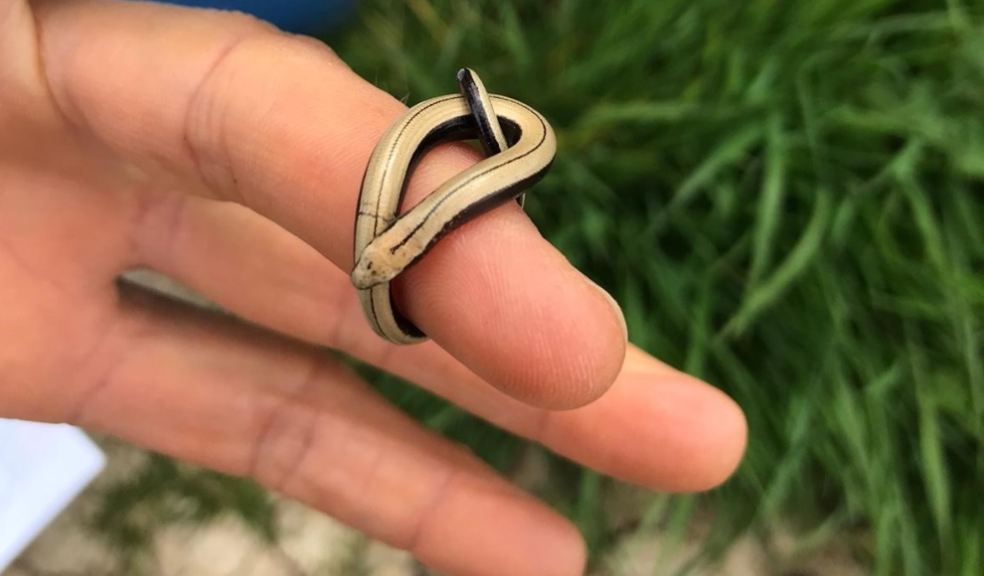
Seaton Wetlands provide new home for endangered wildlife and protected plants
Seaton Wetlands, the jewel in the crown of East Devon District Council’s nature reserves, is playing a crucial role in the survival of protected species.
The award-winning nature reserve has recently seen the arrival of protected slow worms from a development site in nearby Colyton. With the help of volunteers, 15 of the legless lizards of a variety of ages were captured and moved safely to their new home on the nature reserve. As the world’s longest living lizard, being able to provide a safe habitat full of their favourite prey, such as slugs and worms, is vital.
In addition, some of Devon’s rarest plants have been moved to Seaton Wetlands, as work continues on the Lower Otter Restoration Project (LORP) near Budleigh Salterton.
In Devon, the divided sedge (Carex divisa) is currently found only on the banks of the lower Otter River and is nationally scarce. To ensure its survival, a team of volunteers helped to move the yellow-tipped grass-like plant to a new site at Seaton Marshes, one of three chosen sites with similar ecological characteristics. Divided sedge had been known to grow nearby on the Axe estuary but was last recorded as present there in 1934. The progress of this rare plant will be monitored over the next 12 months.
Councillor Geoff Jung, East Devon District Council’s Portfolio Holder for Coast, Countryside and Environment, said: "I had to search online to find out what ‘Carex divisa’ looked like!
"Having read that this plant is so rare, I’m really pleased that our countryside team at East Devon have worked with the Lower Otter project team to re-introduce this rare plant back to Seaton Wetlands and help to ensure the plants survival in East Devon.
"It's good news for the slow worms too!"












